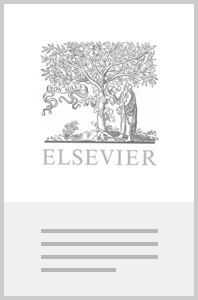Books in Immunology
Books in Immunology
Elsevier's Immunology collection equips researchers with valuable insights to address the complexities of the immune system and its role in health and disease, offering original research, insightful analysis, and current theory on diagnosing, managing, and advancing treatments for allergies, asthma, and immunologic disorders.
- 1st Edition
- Volume 167
- English

Advances in Management of Pediatric Brain Tumors
- 1st Edition
- Ian R. Tizard
- English

The Immunology of the Pig
- 2nd Edition
- Paul Kaye
- English

Encyclopedia of Immunobiology
- 1st Edition
- Volume 167
- English

Advances in Immunology
- 1st Edition
- Seyyed Shamsadin Athari + 1 more
- English

Mitochondrial Signaling and Regulation
- 11th Edition
- Abul K. Abbas + 3 more
- English

Cellular and Molecular Immunology
- 1st Edition
- Volume 166
- English

Advances in DNA and mRNA-Based strategies for Cancer Immunotherapy: Part B
- 1st Edition
- Volume 166
- English

Primary Brain Tumors in Adults: Advances in Mechanistic Understanding, Evaluation, and Management
- 1st Edition
- Shafat Ali + 2 more
- English

Reproductive Immunogenetics: A Molecular and Clinical Overview
- 1st Edition
- Shafat Ali + 2 more
- English

Reproductive Immunogenetics: A Molecular and Clinical Overview, Vol. 3